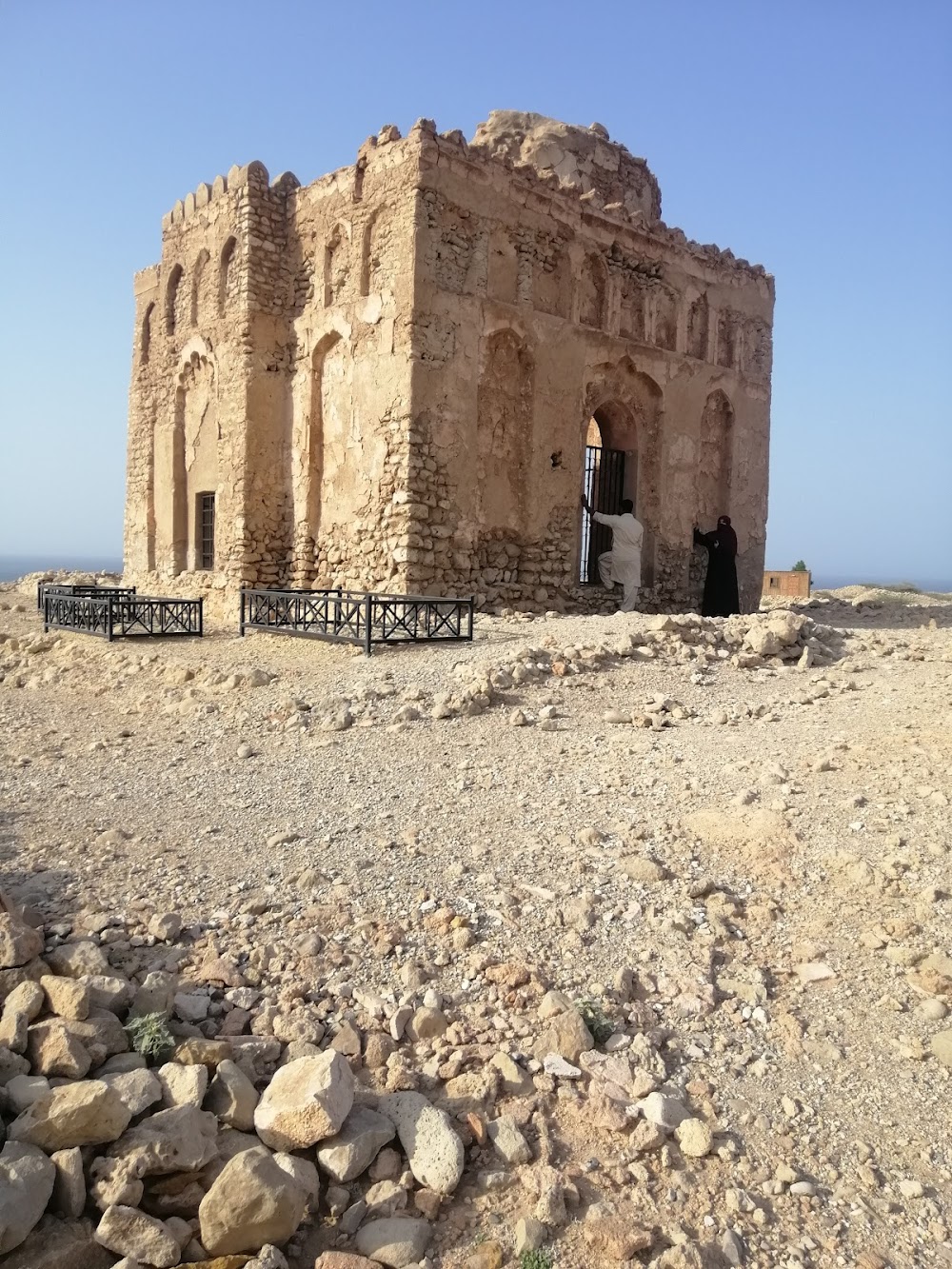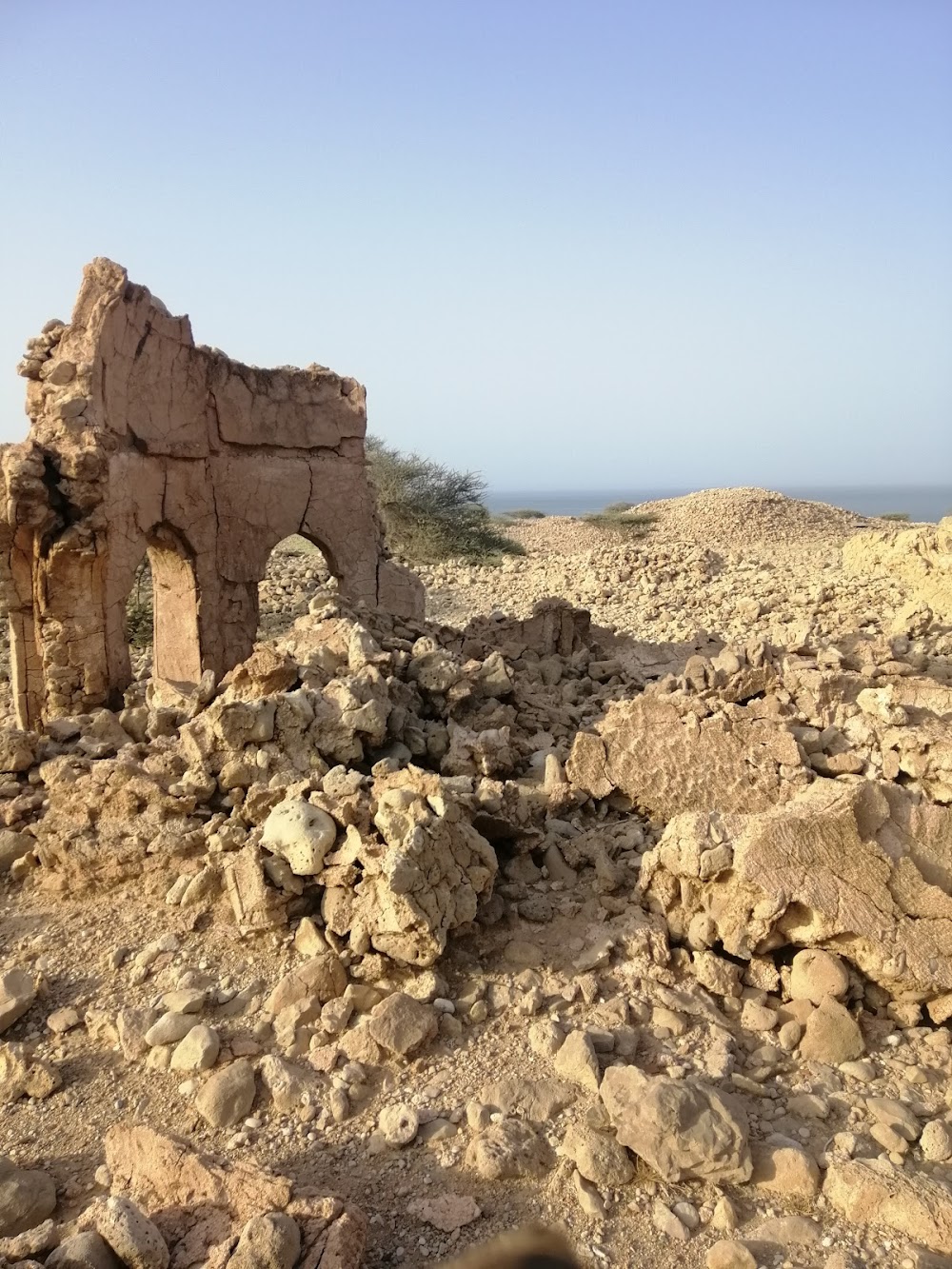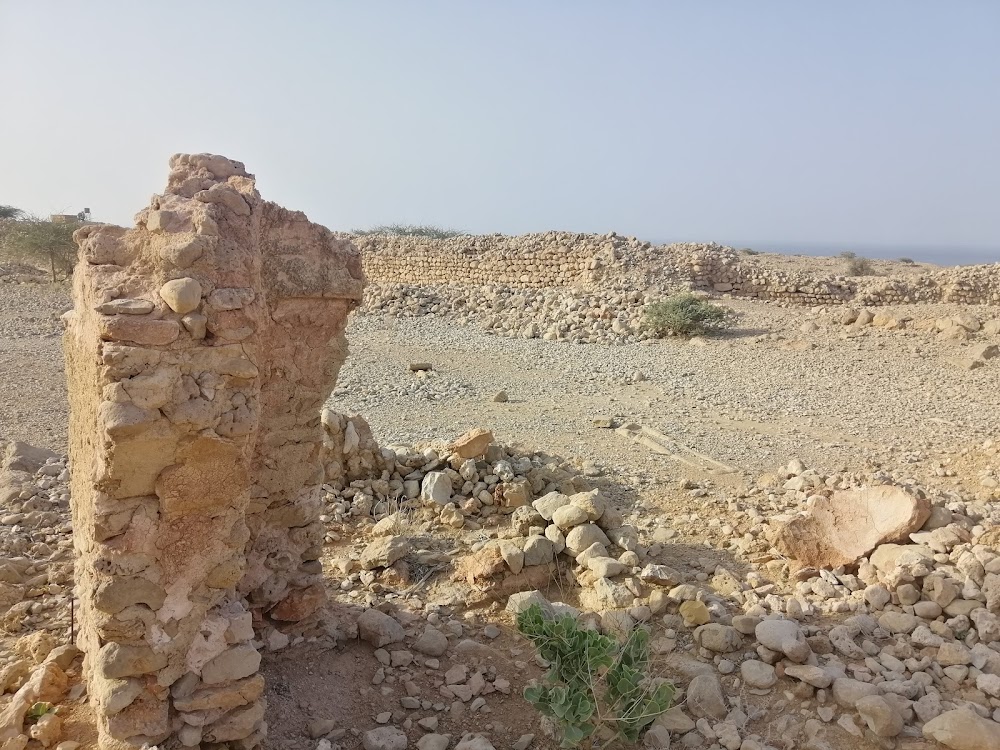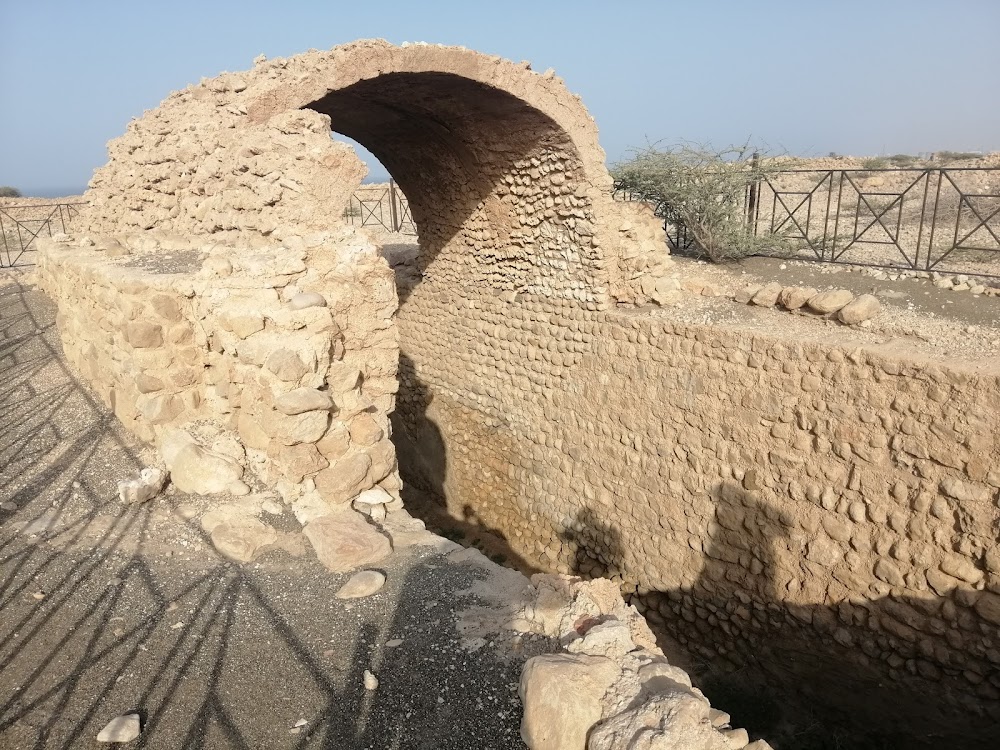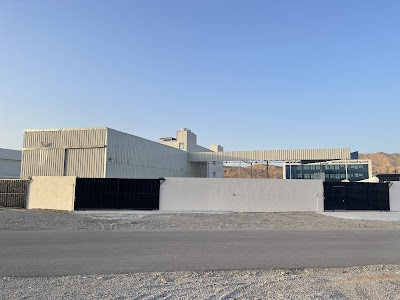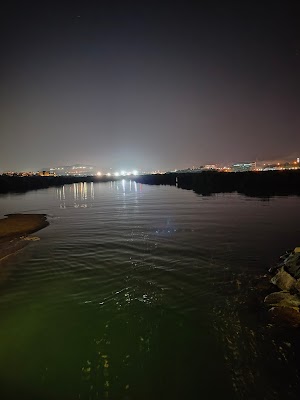Qalhat Ancient City (مدينة قلهات الأثرية)
Overview
The ancient city of Qalhat, nestled in the Ash Sharqiyah South governorate of Oman, is a captivating testament to a rich history woven with trade, culture, and craftsmanship. Established between the 11th and 12th centuries, Qalhat rapidly ascended to prominence as one of the most important ports along the eastern coast of the Arabian Peninsula. Its strategic position along maritime trade routes that connected the Indian Ocean to the Arabian Gulf played a crucial role in this rise.
Qalhat's architecture, primarily constructed from local stone and limestone, showcases a blend of influences from Persian, Indian, and East African styles. The city's vibrant trading activities transformed it into a cultural melting pot, enriching its urban landscape with diverse elements. Notable features of Qalhat include grand marketplaces, residential areas, and places of worship, with the Bibi Maryam Mausoleum standing out as a highlight. This mausoleum, dedicated to Bibi Maryam—believed to be the chief architect during her rule—serves as a lasting symbol of her influential legacy and the city’s former grandeur.
The city's formidable walls were designed to fend off invasions and pirate attacks, safeguarding Qalhat's valuable status. These fortifications included lookout towers and gates, offering both security and panoramic views of the bustling harbor. Additionally, the ancient wells and underground water channels, known as aflaj, formed an effective irrigation system, ensuring a reliable water supply for both the city's inhabitants and the ships that docked for refreshment.
Beyond its architectural wonders, Qalhat was famed for its lively bazaar, where merchants traded spices, textiles, and precious metals. This marketplace served not only as a commercial hub but also as a social center where diverse ideas and cultures converged. The air was often filled with a symphony of languages and dialects, reflecting the city's cosmopolitan spirit.
The decline of Qalhat began in the late 15th century, influenced by various factors, particularly the Portuguese invasion around 1507, which sought to dominate the spice trade. This incursion led to the destruction of key parts of the city, undermining its economic strength and gradually diminishing its status as a vital trading port. Despite archaeological evidence suggesting some level of activity into the early 16th century, the city eventually fell into complete abandonment.
Modern excavations have revealed many of Qalhat's secrets, offering a glimpse into its past splendor. Today, the site is a field of ruins, with the Bibi Maryam Mausoleum remaining a prominent landmark. Ongoing archaeological efforts continue to uncover artifacts that illuminate the city’s extensive trade networks, enhancing our understanding of life and culture during its peak.
In 2018, Qalhat was designated a UNESCO World Heritage Site, a recognition of its historical and cultural significance. Visitors can now wander through the remnants of this once-great city, imagining the vibrant commerce and rich cultural exchanges that once thrived here.
Qalhat's narrative is one of resilience and beauty—a city crafted from a blend of diverse cultural influences and local ingenuity. For centuries, it flourished before ultimately yielding to the forces of history. Its ruins stand as a silent chronicle of a bygone era, illuminating the rich tapestry of human civilization in the Arabian Peninsula.


